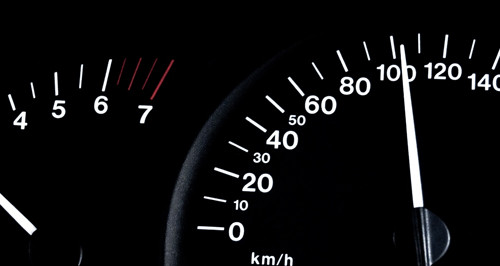Speed is one of the most important (yet often overlooked) issues digital marketers face today. Not only has site speed become a huge factor within search as a ranking element of Google’s algorithm but it also has a large impact on many other aspects of digital such as CRO and brand perception.
As the web has become more ingrained into everyday life, users are no longer willing to wait for your slow loading website to catch up. They are bouncing away and you are losing conversions that should already have been sealed.
To illustrate how big of a deal site speed is, here are a few stats on how much website performance has affected some of the webs biggest organisations:
- Bing – A page that was 2 seconds slower resulted in a 4.3% drop in revenue/user
- Google – A 400 millisecond delay caused a 0.59% drop in searches/user
- Yahoo! – A 400 milliseconds slowdown resulted in a 5-9% drop in full-page traffic
- Mozilla – A 2.2 seconds load time improvement increased conversions by 15.4%
By now you must surely be thinking about your own website’s user experience and what you can do to optimise for speed. Below are a few suggestions to get you started:
Minimize Everything
With the continuing adoption of mobile browsing, it has never been more important to keep page file sizes to a minimum. Here are a few areas you can look into:
JavaScript
Over time your JavaScript can become bloated with legacy code and unused functions. Minimize your scripts by removing the parts that you aren’t using and de-cluttering code. Once the clutter has gone and you have cut out all of the unused elements, run a minification script such as JSMin to get rid of the whitespace and get the most out of your scripts.
Images
Improperly optimised images can take longer to load than they need to which is disastrous for users on slow connections. Make drastic improvements to images by cropping unnecessary space, reducing colour depth to the lowest acceptable level, removing image comments, and saving the image to an appropriate format such as PNG or GIF. Always avoid using BMP or TIFF formats as they tend to bloat.
HTML and CSS
Minifying HTML has the same benefits as minifying JS and images. I recommend using Will Peavy’s HTML Minifier for both HTML (or XHTML), and any CSS or JS included in your mark-up to squeeze every last drop of speed you can out of the page.
Gzip
When a user hits your website the requested files are called from the server. The bigger these files are the longer it’s going to take for them to be delivered and loaded. Currently Gzip is the most popular and effective compression method.
Gzip compresses your webpages and style sheets before sending them thus reducing the transfer size by up to 70% and improving page speed (since the files are much smaller).
Gzip is certainly not for the faint hearted and if you are not well versed in the world of server management it is probably a good idea to leave this to your systems administrator, but for more information, check out this webmaster video on Gzip compression.
Browser Caching
Every time a browser loads a webpage it has to download all the web files (including all the HTML, CSS, JavaScript and images) to properly display the page.
Browser caching can help by storing some of these files user-side so that when a user revisits your website, refreshes the page, or even moves to a different page of your site, they already have some of the files they need locally thereby reducing the amount of data to download and making fewer requests to your server.
Reduce on page redundancy
Reducing redundancy means cutting down on duplication of HTML/CSS, JavaScript files and even content. Start by getting rid of all of your spacer GIFs, image segments and combining as many scripts as you can get away with. It’s also a great time to rethink those pesky auto-playing audio and video files as well as any flash you may have on the page.
These are just a few of the factors that affect website performance optimisation, but luckily there are a number of great tools that can help identify potential areas for improvement such as:
- GT Metrix – http://gtmetrix.com/
- Google PageSpeed Insights – https://developers.google.com/speed/pagespeed/insights
- Yahoo YSlow – http://developer.yahoo.com/yslow/
Optimising the performance of your website can have a similar effect to SEO in that optimising web performance drives traffic to your site. As evidenced by the success (and failure) stories mentioned above, site speed also improves the user experience, increases revenue, and can reduce server operating costs to help you reach your own businesses goals.
Have you taken steps to improving your websites performance? Do you have other tips on analysing a website for page speed? Let me know in the comments.






